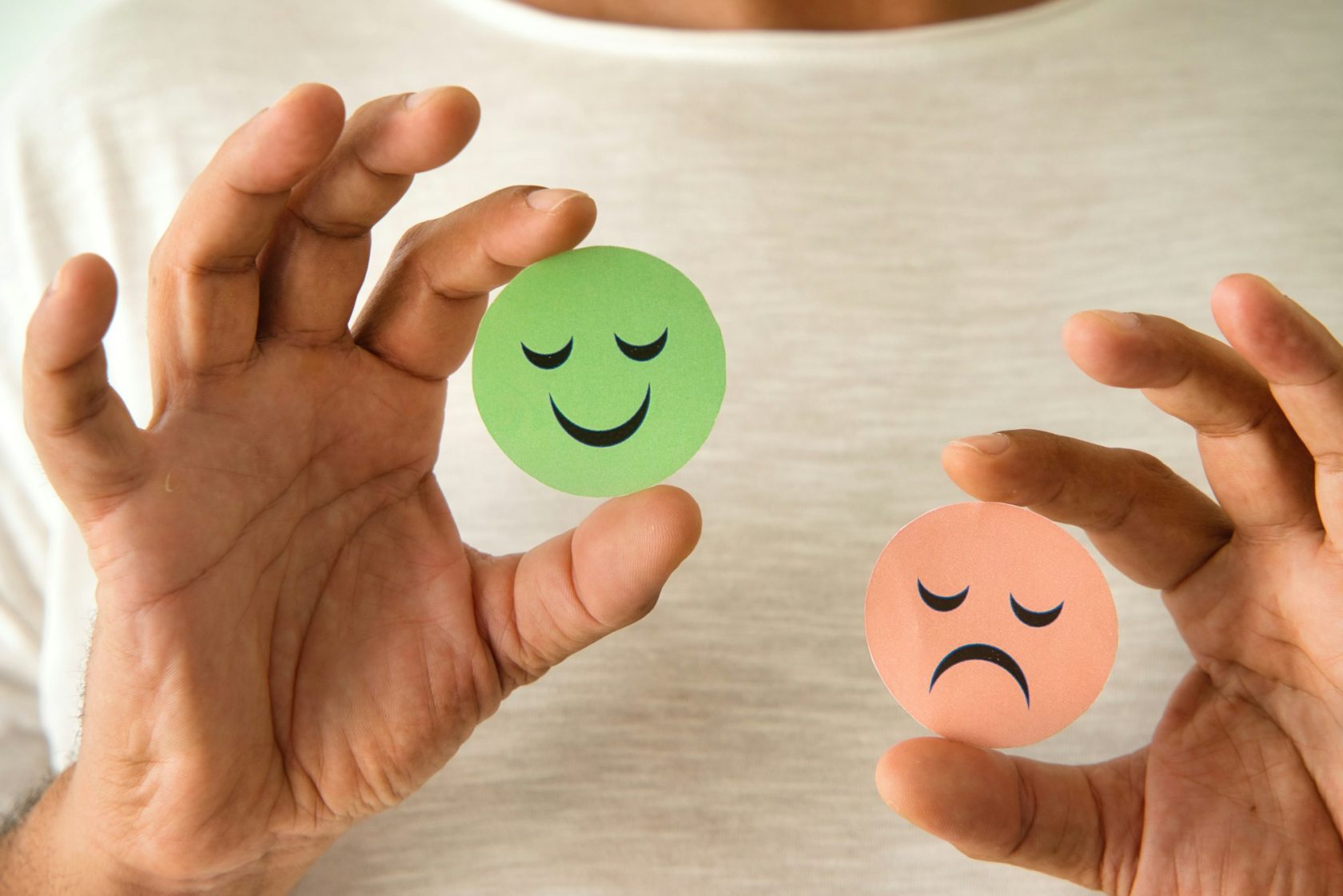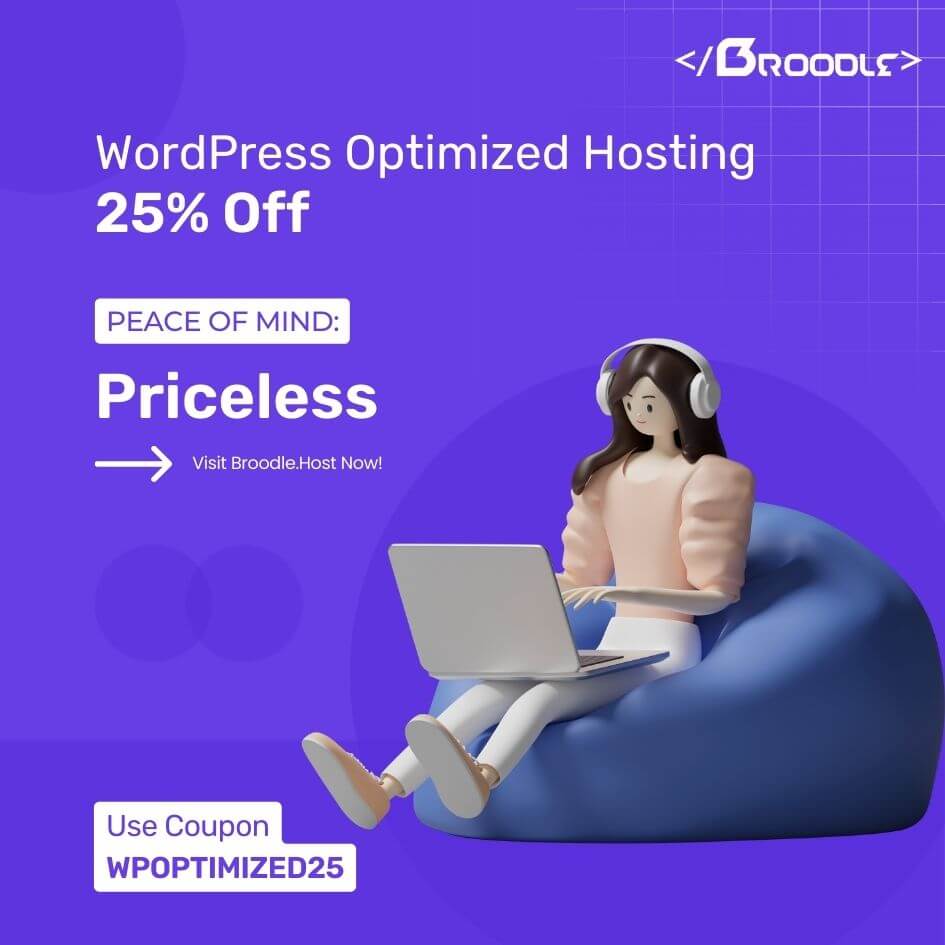In today’s digital era, with the internet overflowing with numerous websites competing for attention, grasping the psychology behind user engagement is crucial for web designers and developers. It’s not just about aesthetics; it’s about creating an environment that resonates with users on a deeper level, encouraging them to stay longer, explore further, and engage more deeply.
This guide delves into the significance of harnessing user psychology in web design, setting the stage for a comprehensive exploration of how to craft websites that are visually appealing, profoundly engaging, and intuitively navigable.
Table of Contents
What Is User Engagement?

User engagement represents a fundamental concept in the digital landscape, encompassing the quality and depth of a user’s interaction with a website, application, or online platform. It is a multifaceted metric that reflects how actively and meaningfully users interact with content, features, and functionalities provided by digital services.
By examining a web design portfolio, one can observe diverse strategies and approaches employed by designers to enhance user engagement, offering a practical glimpse into how these principles are applied to captivate and retain users across various digital platforms.
Key Aspects of User Engagement – How to Design an Intuitive Website

- Time Spent: This includes both the duration of individual sessions and the cumulative time a user spends on a website or app over a period. Longer sessions and more frequent visits often indicate higher engagement.
- Interaction Depth: This measures how users interact with the content and features of a site or app, such as clicking links, viewing pages, playing videos, completing forms, or engaging with interactive elements.
- Emotional Connection: Engagement also encompasses the emotional response elicited from users, such as satisfaction, joy, or trust, which can lead to brand loyalty and advocacy.
- Conversion Actions: High engagement is closely tied to users taking desired actions, such as making purchases, signing up for newsletters, downloading resources, or any other goals set by the site or app.
- Social Sharing And Participation: Engaged users are more likely to share content on social media, participate in discussions, leave comments, and contribute user-generated content.
As you can see, user engagement is a critical measure of how well a digital product resonates with its audience, influencing not only immediate interactions but also long-term success and growth.
The Foundation of User Psychology

Understanding the foundation of user psychology is crucial for crafting web designs that attract and retain users by catering to their subconscious and conscious needs. This understanding encompasses several key areas, including the following:
- Cognitive Processes
Cognitive processes are the mental actions or operations that influence understanding, decision-making, and knowledge integration. In the context of web design:
- Perception: This refers to how users interpret and make sense of visual information. Design elements like layout, color schemes, and imagery can significantly affect user perception, guiding their focus and understanding of content.
- Attention: This involves directing cognitive resources toward specific stimuli while ignoring others. An intuitive and well-structured design can help users focus on important information or actions, improving usability and engagement.
- Memory: Short and long-term memories may affect how users recall and interact with websites. Designs that leverage familiar patterns and cues can enhance usability by reducing cognitive load, making it easier for users to remember how to navigate and use a site.
- Emotional Triggers In Web Design
Emotions play a significant role in shaping user experiences and decisions. Web design can evoke emotions through:
- Aesthetics And Visuals: It must create a positive first impression, eliciting feelings of pleasure and satisfaction.
- Content And Messaging: It must resonate with users on a personal level, triggering emotional responses like joy, trust, or even frustration.
- Interactivity And Feedback: The responsive design elements and animations must create a sense of engagement and direct connection.
- Behavioral Principles
User behavior is deeply influenced by habits and motivations, with design playing a pivotal role in reinforcing or changing behaviors:
- Habit Formation: This involves designing interfaces that are both consistent and user-friendly, thus simplifying the process of engaging in repeated actions.
- Motivation: This can be enhanced through rewards, personalized content, and elements that tap into intrinsic desires (such as the need for autonomy, competence, and relatedness), driving engagement and action.
By considering these aspects, web designers can create more engaging, intuitive, and visually appealing websites that resonate with users on a deeper level.
Also Read:
- How to Build an E-commerce Website with WooCommerce: A Comprehensive Guide
- 8 Effective SEO Tips to Drive Organic Traffic to Your Website
- How to Create a Responsive Website Design with WordPress
- How to Improve Website Speed and Performace – 9 Effective Methods
- Top AI Tools to Increase Your Website’s Visibility
The Psychological Impact of First Impressions

The influence of first impressions on website visitors is both deep and lasting, profoundly shaping their views, actions, and choices. These initial assessments are made instantaneously, shaping the user’s experience and opinion long after they have left. This underscores the critical importance of these factors:
- Visual Appeal And Aesthetics
The visual appeal and aesthetics of a website play a crucial role in creating a positive first impression. A well-designed website that combines harmonious color schemes, high-quality images, and a balanced layout conveys professionalism and credibility. This visual harmony not only captures the user’s attention but also engenders trust and confidence in the brand.
Conversely, a cluttered or outdated design can lead to negative perceptions, suggesting a lack of attention to detail or undermining the website’s authority. Therefore, investing in a visually appealing design is essential for making a solid first impression that aligns with the brand’s values and goals.
- The Power Of Color Psychology
Color psychology is a potent tool in web design, leveraging the ability of colors to evoke specific emotions and associations. The strategic use of color can significantly influence how users feel about a website and their subsequent behavior. For instance, blue is often associated with trust, security, and calmness, making it a popular choice for financial institutions and social networks.
On the other hand, orange is vibrant and energetic, suitable for calls to action or websites that want to convey excitement and enthusiasm. The choice of a color palette should be informed by the brand’s identity and the psychological impact desired, as colors can significantly affect user engagement and the overall impression of the website.
- Typography And Its Emotional Impact
Typography, though occasionally underestimated, plays a pivotal role in creating first impressions. The selection of font types not only impacts readability but also influences how users emotionally connect with the content. Serif fonts, characterized by their classic appearance, are typically linked to reliability and professionalism, making them ideal for organizations seeking to project an image of authority and trust.
Conversely, sans-serif fonts, known for their sleek and modern appearance, are viewed as more welcoming and are preferred by brands targeting a modern, friendly vibe. Thoughtful typography choices can significantly improve the user experience, making the content not only easier and more pleasant to read but also enhancing the site’s visual and emotional allure.
Strategies For Enhancing User Engagement

Enhancing user engagement on websites requires a multifaceted approach that combines the following strategies:
- Navigation And Structure
Creating an intuitive navigation system is paramount for ensuring users can easily find what they are looking for without frustration. A well-structured website with a logical hierarchy and clear, descriptive labels helps users navigate with ease.
- Simplifying Navigation: Limit the number of menu items to prevent overwhelming users—group similar pages under broader categories to create a clean, organized structure.
- Consistent Layouts: Use consistent layouts and visual cues across the website to help users learn the navigation quickly. Utilizing recognizable patterns, such as positioning the navigation menu at the top or side of the page, improves usability.
- Search Functionality: Implementing a robust search feature is crucial for large websites. It allows users to bypass the navigation menu and directly find the content they are searching for, significantly enhancing user engagement.
- Content Strategy
Engaging and relevant content is at the heart of user engagement. Crafting content that resonates with your audience can significantly increase the time they spend on your website.
- Understanding Your Audience: Tailor your content to meet the needs and interests of your target audience. Conduct user research to understand their preferences, pain points, and questions.
- Quality Over Quantity: Prioritize the creation of high-quality, informative content over sheer volume. Well-researched, helpful content that provides value to the user is more likely to engage and retain visitors.
- Content Formatting: Break content into digestible chunks using headings, subheadings, bullet points, and short paragraphs. This improves readability and makes it easier for users to scan the content.
- Visual Design Principles
The visual appeal of a website plays a critical role in user engagement. Aesthetic designs can capture users’ attention, but they must also be functional to provide a seamless user experience.
- Consistency In Design: Ensure visual consistency across your website, including color schemes, font choices, and layout styles. This creates a cohesive brand image and improves user experience.
- Use Of Whitespace: Whitespace, or negative space, is essential for a clean and uncluttered design. It helps to focus attention on important content and makes the website easier to navigate.
- Responsive Design: With the increasing use of mobile devices, having a responsive design that adapts to different screen sizes is crucial for engaging users across all platforms.
- Interactivity And Dynamic Elements
Incorporating interactive and dynamic elements can significantly enhance the user experience by making the website more engaging and enjoyable.
- Interactive Features: Tools such as quizzes, polls, and interactive infographics engage users and encourage them to participate actively with the content.
- Feedback Loops: Implement feedback mechanisms, like comment sections or reaction buttons, to foster community and allow users to share their thoughts and preferences.
- Animations And Transitions: Used sparingly, animations and transitions can draw attention to critical elements and make the user experience more dynamic. However, it’s essential to use them judiciously to avoid overwhelming or distracting users.
- Personalization Techniques
Personalizing the user experience can dramatically increase engagement by making users feel valued and understood.
- User Data Analysis: Analyze user data to identify patterns and preferences. This information can be used to tailor content, recommendations, and offers to individual users.
- Dynamic Content: Implement dynamic content that changes based on user behavior, such as recently viewed items or personalized product recommendations.
- Segmentation And Targeting: Segment your audience based on demographics, interests, or behavior, and target them with specific content and offers. This increases the relevance of your website to different user groups.
By focusing on these areas, website designers and developers can create experiences that not only attract users but also keep them engaged and encourage them to return.
Leveraging Psychological Principles In Website Design

Incorporating psychological principles in web design involves understanding how users think, feel, and behave to create more engaging, intuitive, and persuasive interfaces. That said, here are several key psychological principles and how they can be effectively integrated into web design.
- Cognitive Biases
Cognitive biases represent consistent deviations from standard reasoning or rational judgment, influencing the decisions and choices users make online. By integrating knowledge of these biases, designers can craft interfaces that subtly steer users towards specific decisions or actions.
- Anchoring: This bias describes the inclination to place undue emphasis on the initial piece of information provided during decision-making processes. Within the realm of web design, the concept of anchoring can play a pivotal role in pricing strategies, where introducing a higher initial price can subsequently make other prices appear more attractive or reasonable by comparison.
- Social Proof: People tend to follow the actions of others. Showcasing testimonials, user reviews, and social media shares can leverage social proof to build trust and encourage user engagement.
- Emotional Design
Emotional design aims to create products that elicit positive emotions in users, making the user experience more satisfying and memorable. This involves:
- Aesthetic Usability Effect: Users often perceive aesthetically pleasing designs as more usable. Incorporating visually appealing elements can improve user satisfaction and engagement.
- Pleasure And Fun: Adding elements of joy or surprise, such as micro-interactions or playful animations, can create a memorable experience that encourages repeat visits.
- Principles Of Persuasion
Robert Cialdini’s principles of persuasion outline how to influence people’s attitudes and behaviors, and they can be directly applied to web design:
- Reciprocity: People feel obliged to give back to others who have given to them. Offering something of value for free (e.g., a guide, tool, or resource) can encourage users to reciprocate with their engagement or loyalty.
- Scarcity: Highlighting the limited availability of a product or service can make it more desirable. Using countdown timers or showing limited stock can create a sense of urgency that encourages users to act.
- The Fogg Behavior Model
BJ Fogg’s Behavior Model suggests that for a behavior to occur, three elements must be present: motivation, ability, and a prompt. Designers can use this model to encourage specific user actions:
- Increase Motivation: Enhance the desirability of an action through compelling copy, engaging visuals, and clear value propositions.
- Simplify Ability: Make actions easy to perform with intuitive navigation, straightforward forms, and clear calls-to-action (CTA).
- Provide Prompts: Use strategic placement of prompts, such as CTAs or notifications, at points where users are most likely to be motivated and able to act.
- The Zeigarnik Effect
The Zeigarnik effect suggests that individuals tend to recall unfinished or interrupted tasks more effectively than those they have completed. This can be used in web design to:
- Engage Users: Create content that teases information or provides partial insights, encouraging users to click through or sign up to learn more.
- Gamification: Incorporate elements of gamification, such as progress bars or levels, to encourage users to complete tasks or explore more of the site.
By understanding and applying these insights, designers can create more engaging, persuasive, and intuitive interfaces that meet both user needs and business goals.
Conclusion
The psychology of user engagement is not just a theoretical concept but a practical guide for creating websites that resonate with users on a personal and emotional level. By prioritizing intuitive design and leveraging the insights provided by psychology, designers and developers can create digital environments that not only achieve business goals but also enrich the user’s digital experience.

